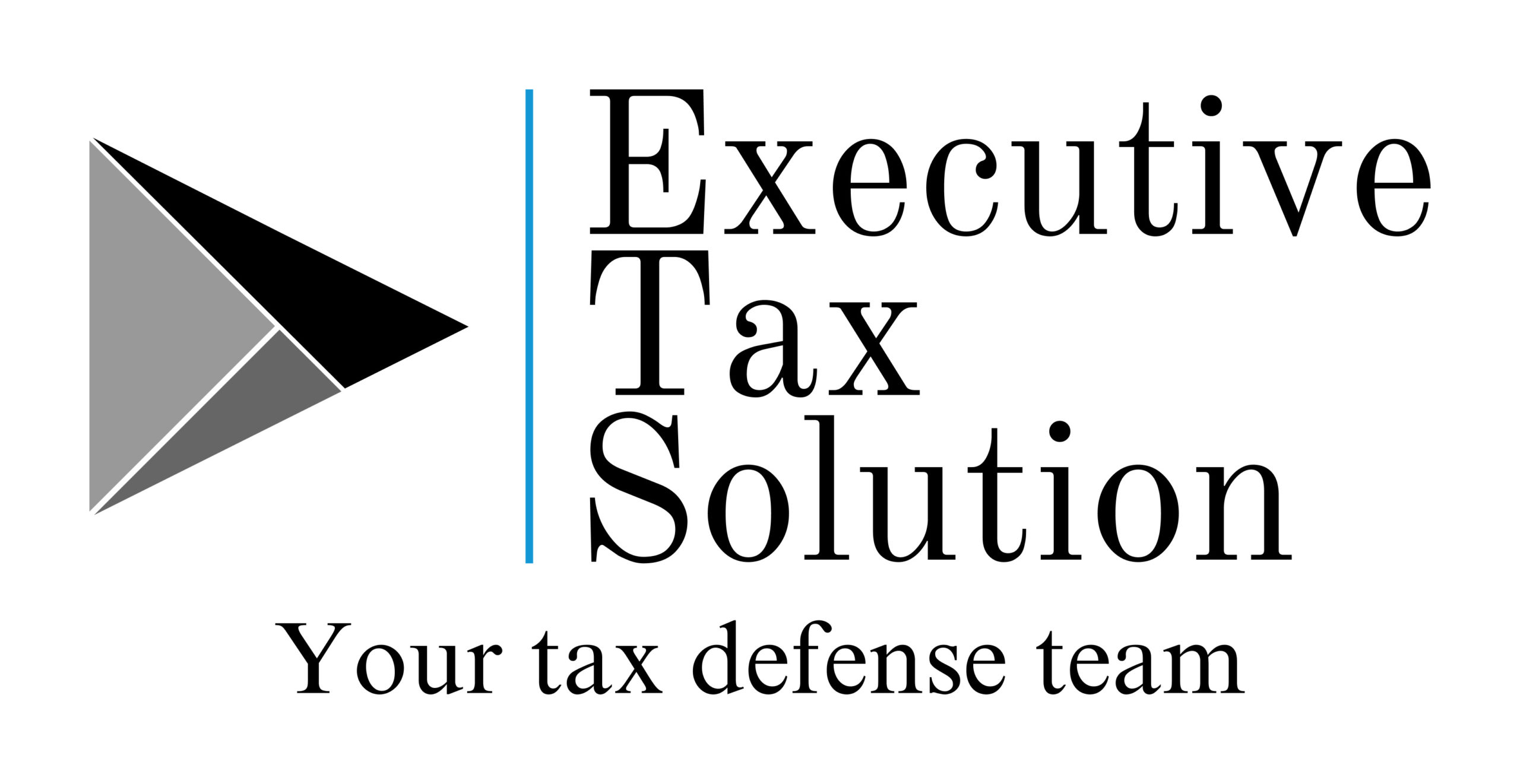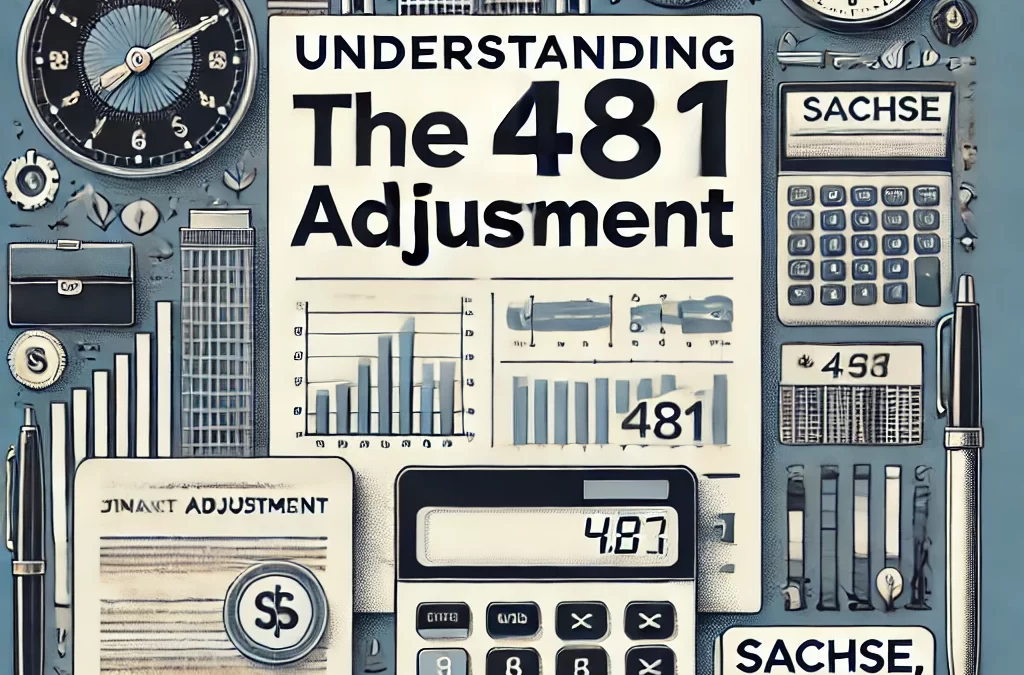When it comes to navigating the complex world of tax regulations, understanding certain key concepts can make all the difference for your business. One such concept is the 481 Adjustment. For those who are changing their accounting methods, the 481 Adjustment can be both a lifeline and a strategic tool. But what exactly is this adjustment, why is it important, and how can it be leveraged for the best outcome? Let’s break it down in simple, human terms that will leave you feeling confident about your financial decisions.
What is the 481 Adjustment?
First, let’s cover the basics. The 481 Adjustment is a tax provision required by the IRS when a business changes its accounting method. Whether you’re switching from a cash basis to an accrual basis or vice versa, the IRS mandates that you make this adjustment to prevent any income or expenses from being duplicated or omitted. It’s essentially a way to align your old accounting method with the new one, ensuring that everything is reported accurately.
Think of it as transitioning from a routine that you’re used to—like logging your expenses at the end of the month—to a new routine where you track them in real-time. The 481 Adjustment helps smooth out the discrepancies that may arise during this shift, ensuring that your books remain clean and compliant.
Why is the 481 Adjustment Important?
The importance of the 481 Adjustment cannot be overstated. Without it, businesses could end up over-reporting or under-reporting their income, leading to compliance issues, penalties, or even audits. This adjustment allows you to account for income or deductions that may not have been previously reported due to the switch in accounting methods.
For instance, if your business has been using the cash method—recording income when received and expenses when paid—but you decide to switch to the accrual method, which records income when earned and expenses when incurred, discrepancies can arise. The 481 Adjustment ensures these differences are properly captured.
A Practical Example
Let’s take a real-world example to illustrate the point. Imagine a small business owner who has been using the cash accounting method. In December, they receive a $50,000 payment for services that will be completed in January. Under the cash method, this income is recorded when received. But with a shift to the accrual method, that income should technically be recorded in January when the service is completed.
Without the 481 Adjustment, the transition could result in either double-counting that income or failing to report it altogether. By applying the 481 Adjustment, the business can report this income appropriately over a specific period, thus preventing any compliance issues.

How the 481 Adjustment Can Be Used Strategically
One of the biggest benefits of the 481 Adjustment is that it allows for strategic tax planning. For businesses making a change in accounting methods, the IRS generally allows the adjustment to be spread over four years. This means that rather than taking a sudden hit in one tax year, you can distribute the financial impact over several years, thereby easing potential cash flow issues.
This is particularly valuable for small businesses that may be cash-strapped or looking to reinvest profits. Spreading the adjustment helps avoid a sudden spike in taxable income, which can be a game-changer when planning for growth or managing your financial health.
Common Mistakes to Avoid
While the 481 Adjustment can be incredibly beneficial, it’s not without its potential pitfalls. Here are some common mistakes businesses make when implementing this adjustment:
- Failing to Properly Document the Change: Changing accounting methods requires careful documentation. Failure to submit the necessary forms to the IRS, such as Form 3115 (Application for Change in Accounting Method), can result in penalties.
- Incorrect Calculation of the Adjustment: Calculating the 481 Adjustment requires precision. Errors in this calculation can lead to underpayment or overpayment of taxes, which could trigger audits or penalties.
- Not Consulting a Professional: This is not an adjustment you want to approach with a DIY mentality. Consulting with tax professionals or services like Executive Tax Solution can ensure that your adjustment is accurate and maximizes your tax strategy.

The Human Side of Tax Strategy
Many business owners feel overwhelmed when faced with a significant change in accounting practices. This is where professional guidance can help alleviate the stress. Knowing that a team of experts is handling your 481 Adjustment can give you peace of mind. At Executive Tax Solution, we understand the nuances of IRS regulations and how to navigate them effectively.
Polite interruption: For more exclusive tax strategies and to learn how the wealthy leverage adjustments like these, visit Billionaire Tax Tips.
Tips for Successful Implementation
Implementing the 481 Adjustment successfully involves several key steps:
- Plan Ahead: Don’t wait until tax season to start thinking about your 481 Adjustment. Plan your accounting method change and understand its impact ahead of time.
- Work with Experienced Tax Professionals: Collaborating with experts like those at Executive Tax Solution ensures your adjustment is done correctly, with all compliance measures in place.
- Keep Detailed Records: Ensure that all your income and expense records are up to date and detailed. This will make calculating the 481 Adjustment easier and more accurate.
The Long-Term Benefits
Beyond the immediate compliance and financial management aspects, the 481 Adjustment can provide long-term benefits to your business. By maintaining accurate financial records and leveraging the adjustment strategically, you set your business up for sustainable growth. The adjustment helps create a strong foundation that can support future financial decisions, partnerships, or investments.
Many successful entrepreneurs view tax strategy as an integral part of business growth. The 481 Adjustment, while technical, is a powerful example of how understanding and applying tax rules can benefit your bottom line.
Reach out to Executive Tax Solution to ensure you’re maximizing every opportunity available to keep your business compliant and profitable.
For expert tax services and more detailed consultations, contact Executive Tax Solution at (469) 262-6525 or visit our office in Sachse, Texas. We specialize in IRS tax resolution, payroll, bookkeeping, new corporation formations, tax planning, and business management consulting. Let us help you navigate your tax challenges with ease.

